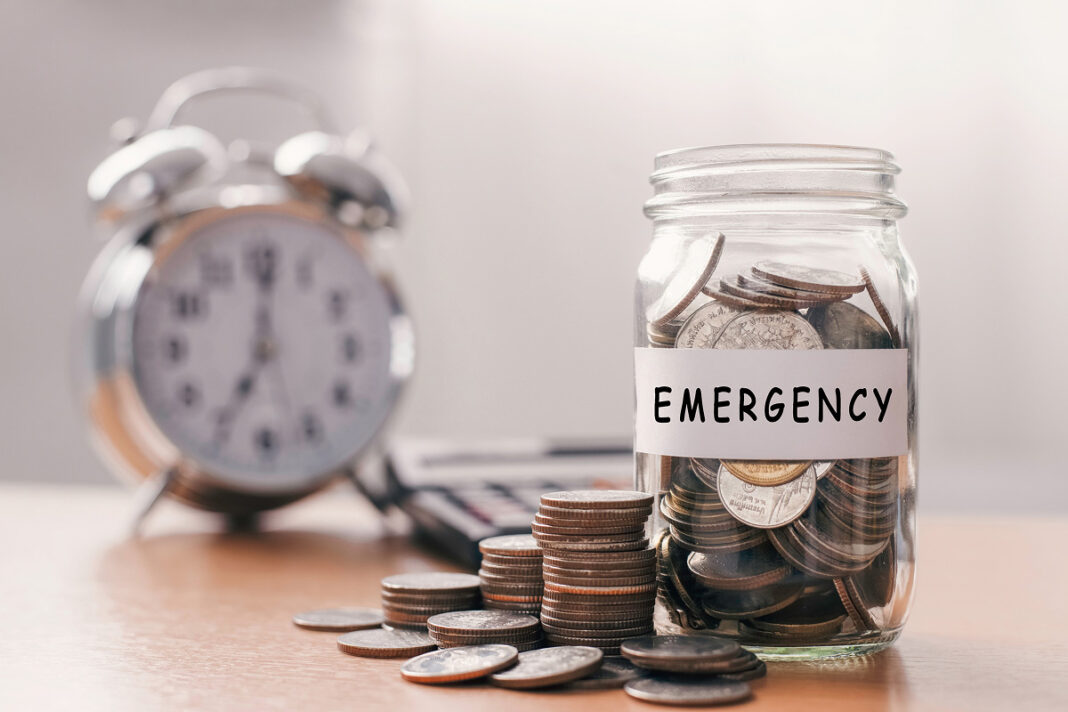Unforeseen financial emergencies can catch anyone off guard and cause panic. That’s why having an emergency fund is not just a smart move but also a necessary one. It acts as a safety net, saving one from a monetary downfall and from relying on debt. Building this fund quickly requires planning, discipline, and a few strategic steps. It might seem tough to begin, but the peace of mind it offers is worth the effort.
Make a List of Financial Priorities
While saving for an emergency is important, this should not be one’s topmost priority. One may have several immediate expenses to take care of, bills to pay, and investments to manage. Saving towards an emergency fund should not disturb these tasks. So one of the steps to create an emergency fund should be to make a list of all financial priorities. After the most necessary expenses are met and bills are paid, one can transfer any remaining amount to an emergency fund. This strategy will allow one to be disciplined about building their emergency corpus while managing their necessary expenditure.
Open a Separate Account
Ideally, emergency funds should be saved in a way that the money is easily and readily available during an emergency. When the need arises, one should not be in a state of panic trying to figure out where to gather funds from. With that in mind, a must-try strategy to build an emergency fund is to open a savings account for it. This corpus should be kept separate from regular expenses and checking accounts, so it remains untouched until needed.
Consider Opening a High-yield Account
One of the best practices for building an emergency fund fast is to keep the money in a high-yield savings account. These accounts offer a higher interest rate, so the funds deposited in them grow faster. One can do their due diligence and check which banks offer the highest interest rates. When doing so, it’s important to compare the terms and conditions, such as minimum balance requirements, withdrawal limits, and any associated fees. While a high interest rate is attractive, one must ensure the account offers easy and quick access to the money when needed.
Set Up Autopay
A simple yet effective tip to save for an emergency fund quickly is to set up automated payments. One can have a fixed amount transferred from their checking account to the emergency fund savings account at the start of every month. Automating monthly transfers ensures consistency when building an emergency corpus. It also ensures one does not use this money for other unnecessary expenses.
Monitor the Progress
Over time, it’s easy to lose track of how much money has accumulated in the emergency fund account. Monitoring this account regularly will give one a clear picture of whether they are on track to create a significant emergency corpus (which ideally should be three to six months’ worth of living expenses). After one reaches or surpasses the goal, they can adjust their future deposits and savings accordingly. If the money is deposited into a high-yielding savings account, one may also need to track how much it has grown.
Set Aside Funds From Windfalls
Receiving unexpected income (also called windfalls), such as inheritance, bonus, and tax rebates, is a great opportunity to grow an emergency fund faster. It is natural to feel like spending this money on other purchases. But saving all of those funds, or at least a part, for emergencies can prove helpful.
Add in Unexpected Savings
Another way to start and grow an emergency fund fast is to direct any unexpected savings at the end of the month to the emergency account. Such contributions might seem small at first, but over time, they add up quickly to create a substantial corpus.
Start Replenishing After an Emergency
When a financial crisis does eventually occur, one might need to use part or all of their emergency savings. So as soon as one is back on track with their finances, one must immediately start replenishing their emergency account.
Try to Cut Back
Cutting back on non-essential expenses is crucial when saving for an emergency fund, especially on a tight budget. Reducing or stopping avoidable expenses such as dining out, subscriptions, and impulse purchases, even for a small period of time, can go a long way. Emergency funds, after all, are a crucial safety net that can save one from falling into debt during critical times. Not only that, but during this time, it is also in one’s best interest to avoid getting new credit cards. Although useful, their bills can lead to financial strain and make saving for emergencies difficult.
Once an individual reaches their savings goal with this account, they can consider allocating more money to other expenses. Still, maintaining financial discipline, saving money, and practicing mindful spending habits are important steps to maintain long-term financial security.


